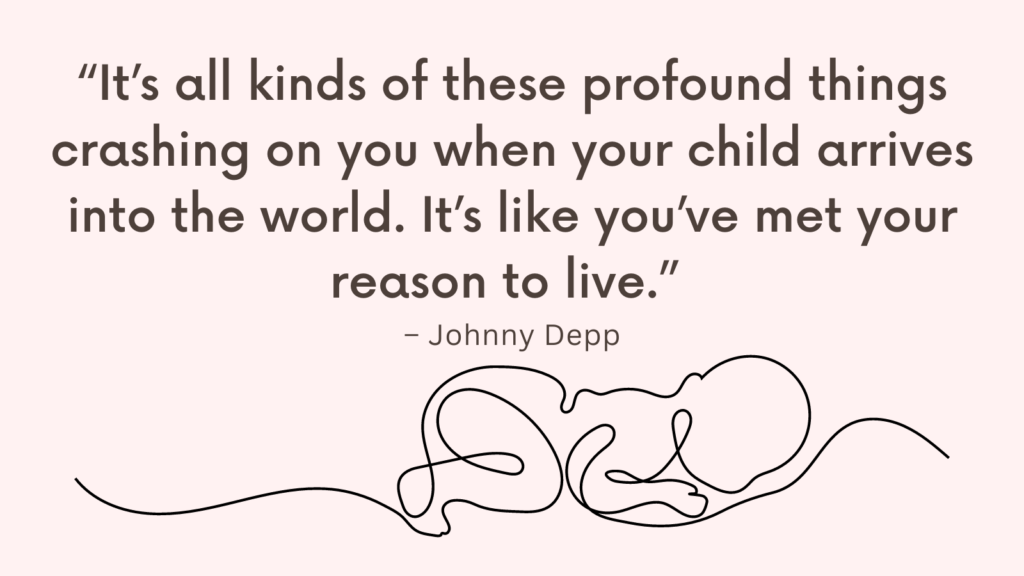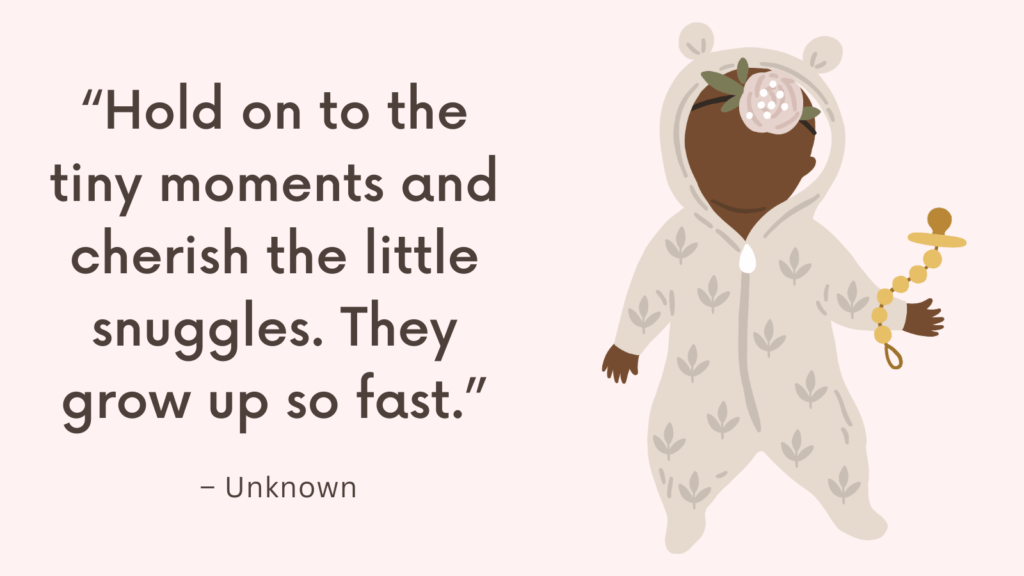Newborn doesn’t like swaddling? Read on to find out what you can do instead.
What Is a Swaddle?
A swaddle is a type of baby blanket that is specially designed to wrap around a newborn tightly, mimicking the feeling of being in the womb.
Swaddling helps newborn s feel secure and comfortable, and can also prevent them from startling themselves awake with their own movements.
Swaddling is typically done during the first few months of a baby’s life, but it should be discontinued once the baby begins to roll over on their own.
Related: Best 10 Newborn Care Books
6 Signs Your Newborn Doesn’t Like Swaddle
Every baby is unique and may have different preferences when it comes to swaddling.
Here are some signs that your newborn may not like being swaddled:
1. Constant fussiness: If your baby is constantly squirming, crying or seems uncomfortable when swaddled, it may be a sign that they don’t want to be wrapped up tightly.
2. Difficulty sleeping: Some babies may have trouble falling asleep or staying asleep when swaddled.
3. Arching back: If your newborn arches their back or tries to wiggle out of the swaddle, it could be an indication that they are uncomfortable.
4. Pinched face or fingers: A swaddle that is too tight may cause your baby’s face or fingers to appear pinched or constricted.
5. Increased body heat: If your baby becomes sweaty or overheated while swaddled, it may be a sign that they are too warm.
6. Disinterest in feeding: When a baby is hungry, they tend to show signs of hunger such as rooting or sucking on their hands. A newborn who doesn’t show these signs may be uncomfortable in their swaddle.
If you notice any of these signs, it may be best to try swaddling your baby in a different way or consider alternative sleep options.
Always make sure to follow safe sleep practices recommended by pediatricians.
Related: Breastfeeding Resources (Information, Apps, Books, Podcasts)
4 Reasons Why Newborns May Not Like Swaddle
There are several reasons why a newborn may not like being swaddled:
1. Discomfort: If the swaddle is too tight or if the material is scratchy or uncomfortable, your baby may feel discomfort and resist being swaddled.
2. Overheating: Babies have a lower tolerance for heat than adults. If the swaddle is too thick or if there are too many layers, your baby may become overheated and uncomfortable.
3. Need for movement: Babies learn through movements and need to move their arms and legs to develop their muscles. Swaddling restricts movement, which can cause your baby to feel anxious or agitated.
4. Sensory sensitivity: Some babies are more sensitive to touch and pressure than others. If your baby has a sensory sensitivity, being tightly wrapped in a swaddle might not be comfortable.
It’s important to observe your baby’s reactions and preferences when it comes to swaddling. While most babies find swaddling comforting, some may prefer other methods of soothing.
Related: When Does Breastfeeding Get Easier? A Guide for New Mothers
4 Alternatives To Swaddling
Swaddling is a popular practice for soothing babies, but it’s not the only option. Here are some alternatives to swaddling:
1. Sleep sack
A sleep sack is a wearable blanket that allows your baby to move their arms and legs. It provides a sense of security and warmth without restricting movement.
2. White noise machine
Many babies find white noise comforting and soothing. You can use a white noise machine or a white noise app on your phone to create a calming environment for your baby.
3. Baby wearing
Carrying your baby in a sling, wrap or carrier can provide a similar feeling of security and comfort as swaddling. Plus, it keeps your hands free so you can get things done.
4. Rocking or bouncing
Gently rocking or bouncing your baby can help soothe them to sleep. You can do this by holding them in your arms, using a baby swing, or a bouncing chair.
Remember, every baby is different, and what works for one may not work for another.
It’s essential to experiment with different techniques to find what works best for your baby.
Related: Top 7 Alternatives To Swaddling to Soothe Your Baby
Top 5 Tips For Trying Swaddling Again
Swaddling can be a helpful technique for soothing and calming babies, especially during the first few months of life. Here are some tips for trying Swaddling again:
#1. Master The Swaddling Technique
There are several swaddling techniques to choose from, including the diamond, square, or easy swaddle.
Choose the technique that works best for you and your baby.
#2. Loosen The Swaddle To Find A Comfortable Fit
If you are struggling to find a comfortable fit for your baby’s swaddle, it may be helpful to loosen it slightly.
Start by gently lifting your baby’s arms and legs to make sure they are not feeling constricted or uncomfortable.
Then, loosen the swaddle by adjusting the fabric around the torso and tucking it in securely, making sure that your baby’s arms are still snugly wrapped.
Related: 10 Tips For Successful Breastfeeding
#3. Experiment With Different Swaddle Material
By trying out different swaddle materials, you can find the one that your baby enjoys the most.
Here are a few options to consider:
1. Muslin swaddles: These lightweight and breathable swaddles are perfect for hot summer days. They’re also gentle on your baby’s skin, which makes them ideal for babies with sensitive skin.
2. Jersey swaddles: Jersey swaddles are made from a stretchy material that provides a snug fit. This material is soft and comfortable against your baby’s skin, which makes it a great choice for babies who don’t like being tightly swaddled.
3. Bamboo swaddles: Bamboo swaddles are soft, silky and breathable, which makes them perfect for babies with delicate skin. They’re also hypoallergenic, which means they’re less likely to cause irritation or rashes.
4. Flannel swaddles: Flannel swaddles are perfect for colder weather as they provide warmth and comfort. The soft and cozy material helps keep your baby comfortable during the night.
5. Fleece swaddles: Fleece swaddles are another option for colder weather. They provide warmth and insulation, which can help your baby stay comfortable.
Related: Best Pregnancy Resources (Information, Apps, Books, Podcasts)
#4. Start With Daytime Naps
If you’re new to swaddling, start by trying it during your baby’s daytime naps.
This way, you can watch your baby and make sure they’re safe and comfortable.
#5. Stay consistent
Consistency is key when it comes to swaddling. Once you find a technique that works for you and your baby, stick with it, so your baby becomes familiar with the routine.
Remember, always supervise your baby when swaddled and never use a swaddle blanket once your baby can roll over on their own.
Related: 10 Best Books For New Moms
Conclusion
Each baby is unique and has their own preferences, including whether or not they like being swaddled.
While swaddling can provide comfort and a sense of security for many babies, it’s important to pay attention to your baby’s cues and respect their individual needs.
Your baby’s well-being should always come first.




